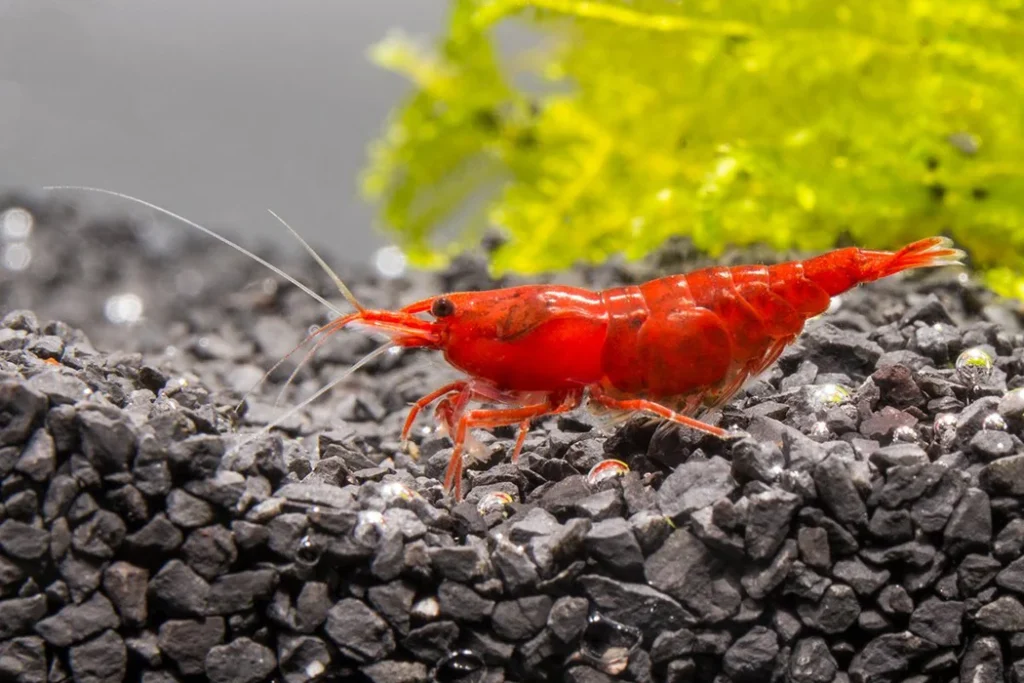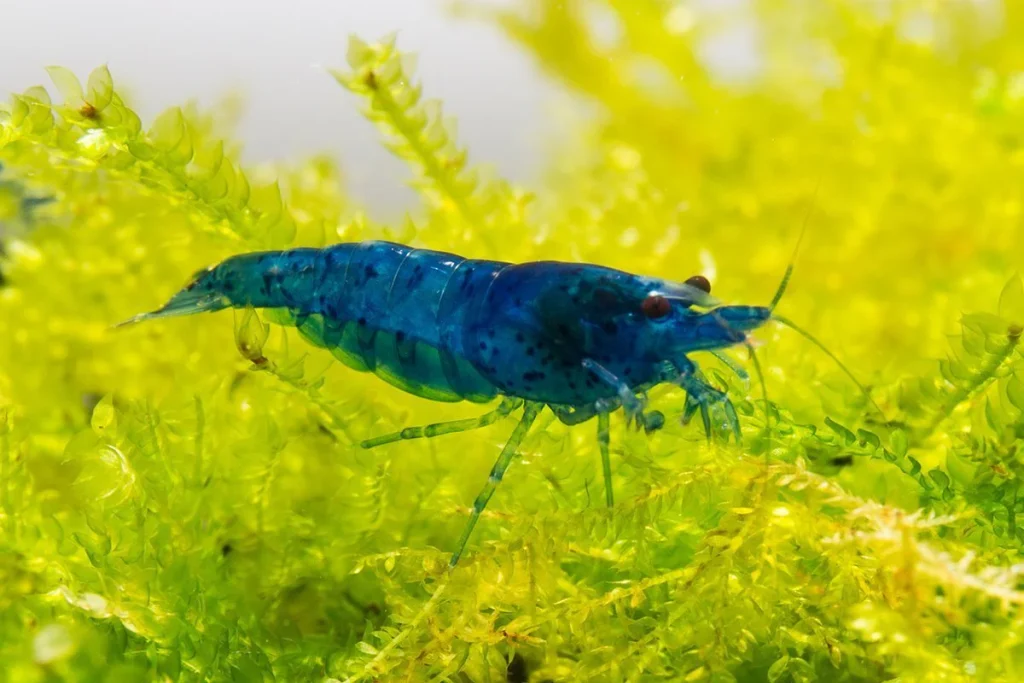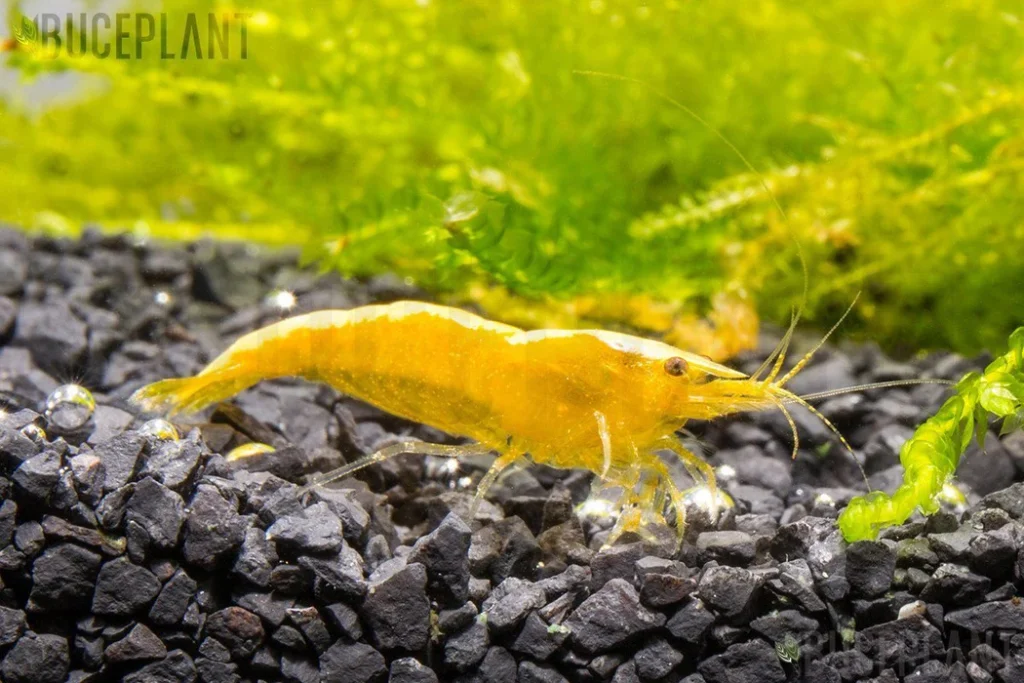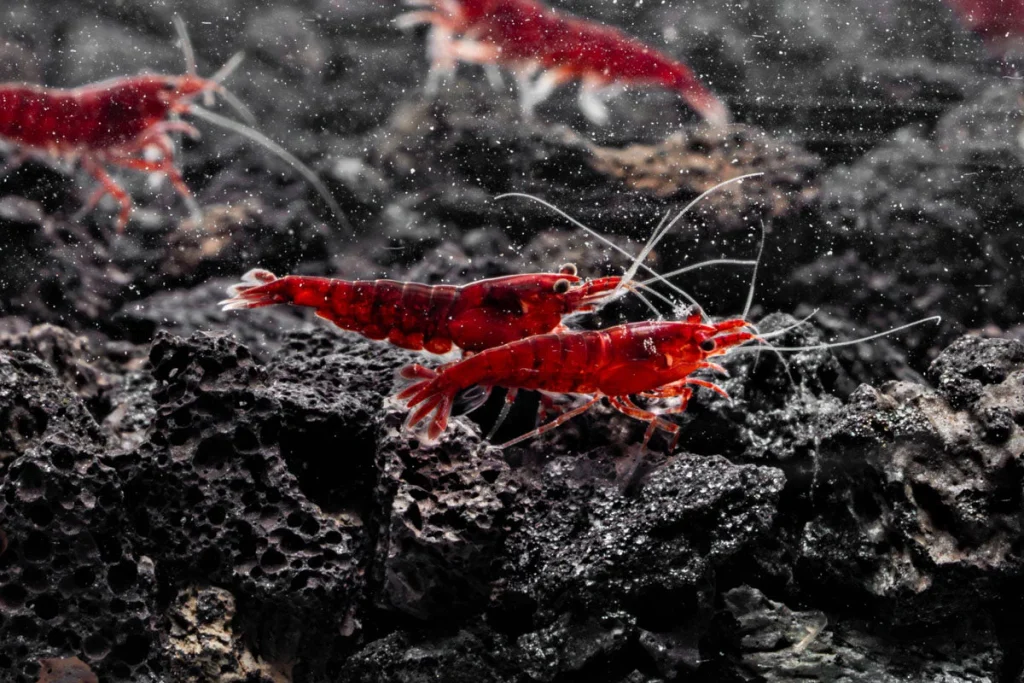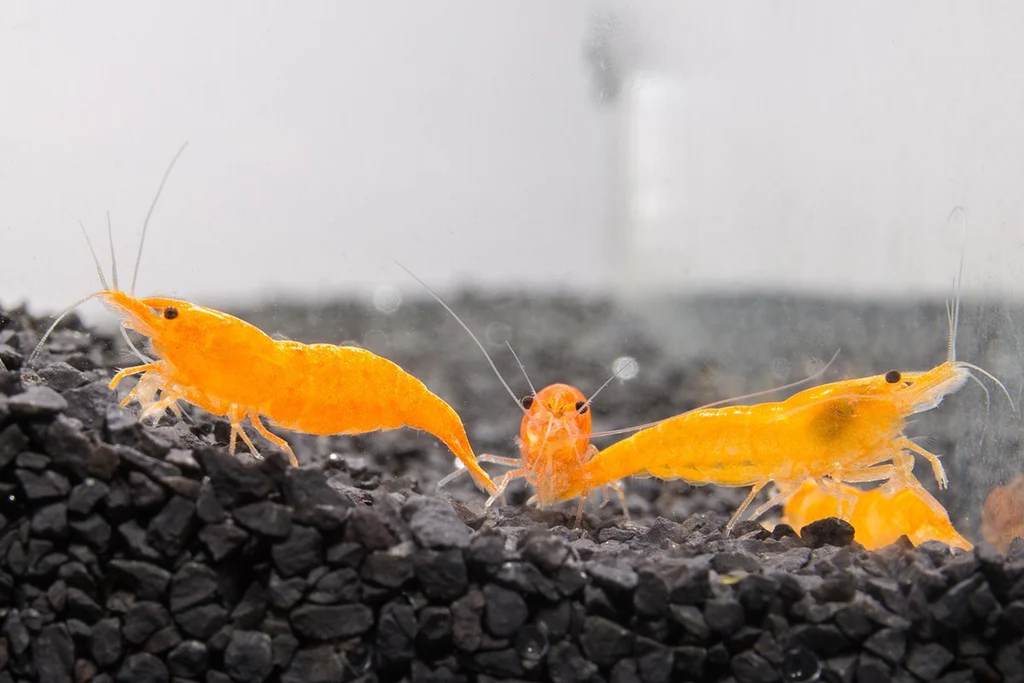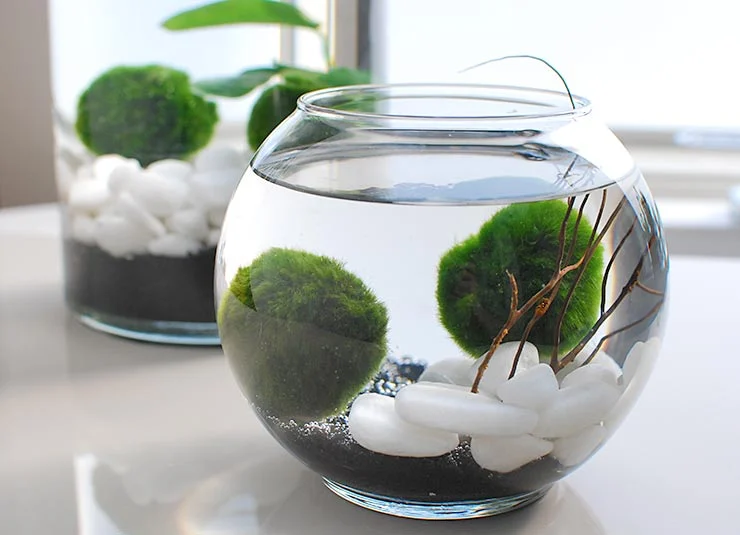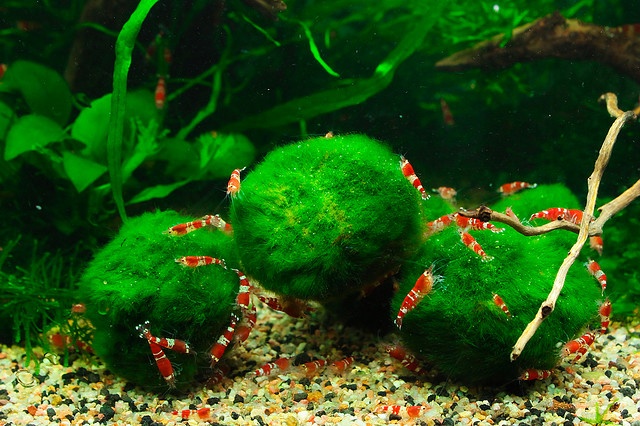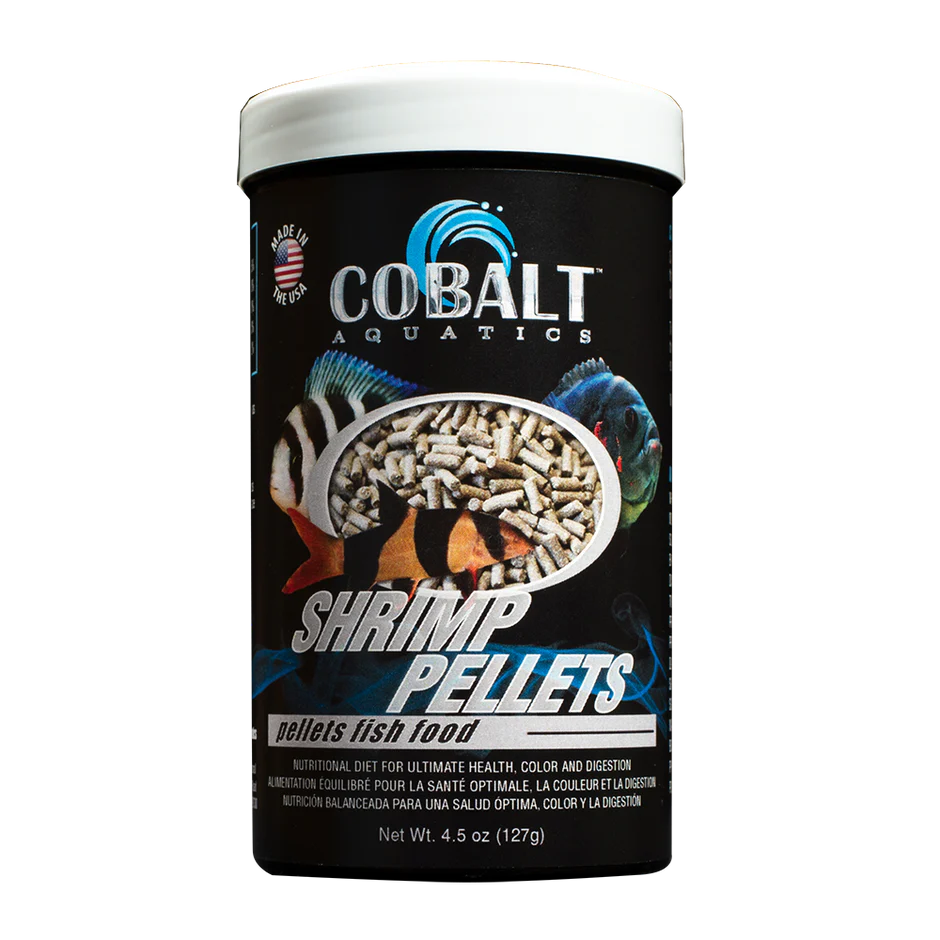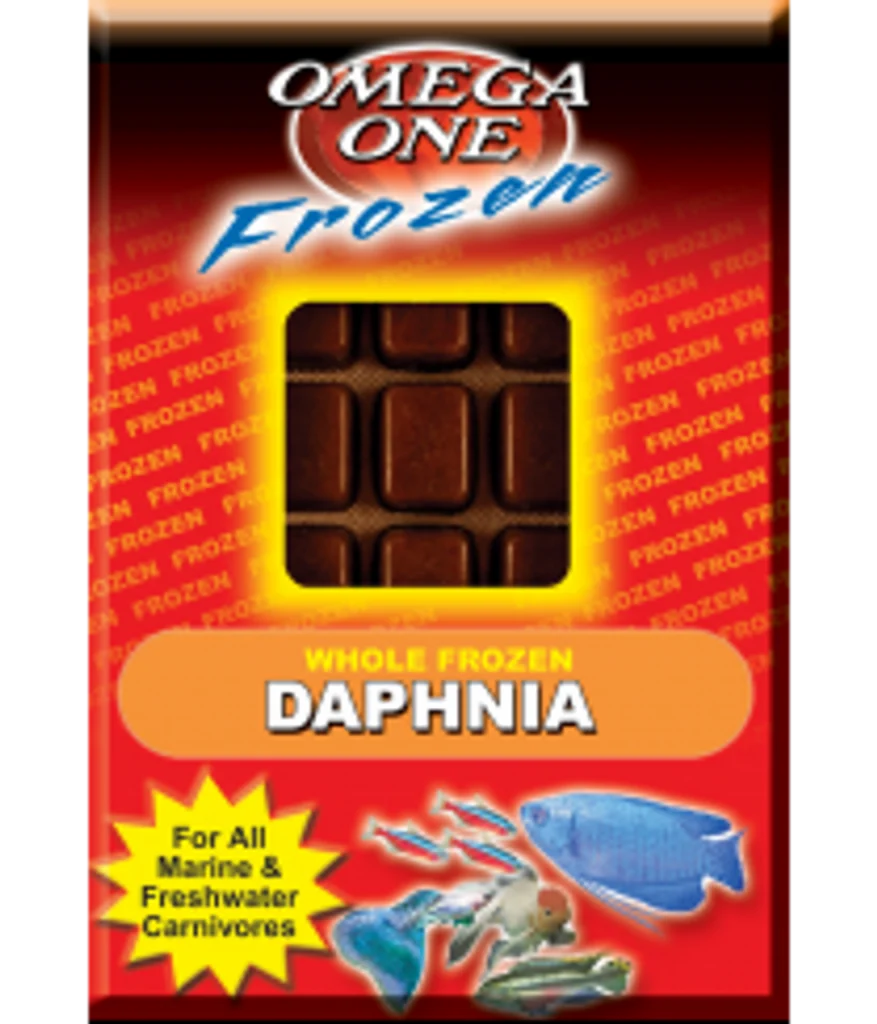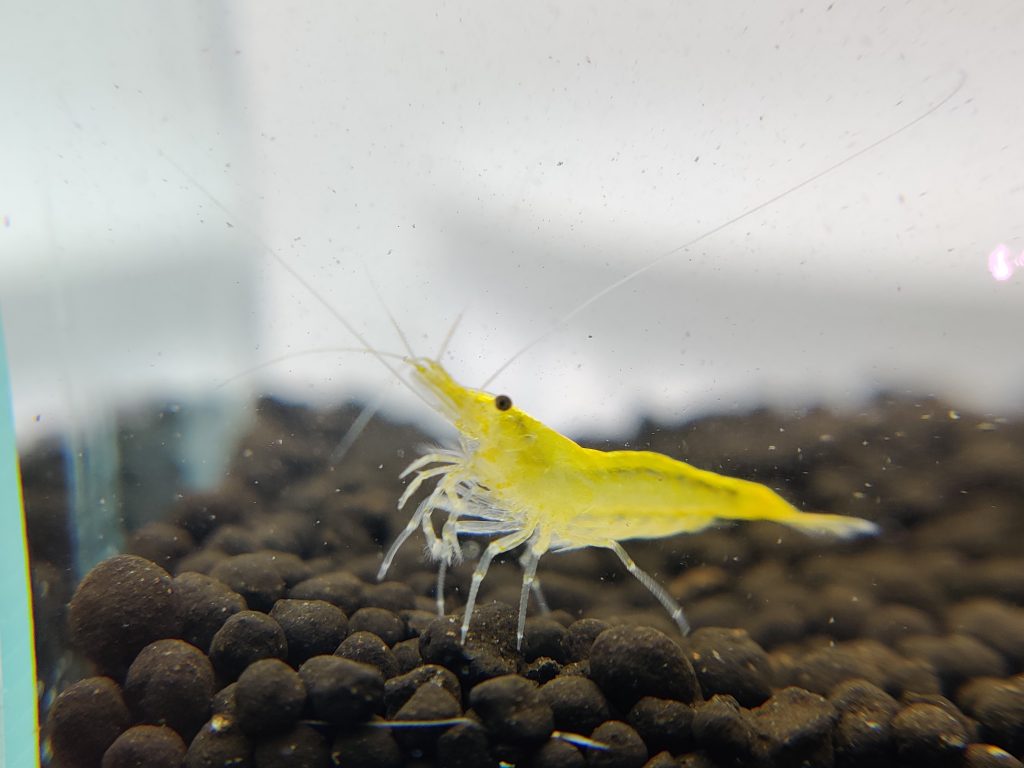The Discus Fish (Symphysodon spp.) is often called the “king of the aquarium” for its round, elegant body shape and striking colors. Discus fish are highly sought-after by aquarists around the world because of their beauty, schooling behavior, and graceful movements. However, they are also known for being more sensitive than many other freshwater fish, requiring stable water conditions and proper care to thrive.
In this guide, we’ll cover everything you need to know about Discus Fish Care Guide – from tank setup and water parameters to feeding, breeding, and long-term maintenance.
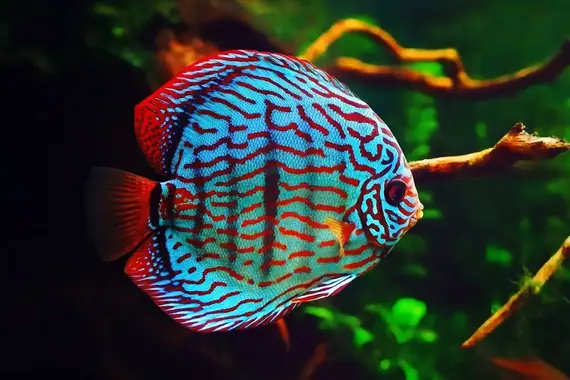
Discus Fish Tank Set Up
Tank Size
Discus fish grow to about 6–8 inches in diameter, making them relatively large compared to many community fish. A group of at least 5–6 discus is recommended, as they are social fish that thrive in schools. For this reason, a minimum tank size of 55 gallons is necessary, though 75–100 gallons is ideal for long-term success. A taller tank is preferable since discus fish are vertically oriented swimmers.
Lighting
Discus do not require intense lighting. In fact, they prefer soft to moderate lighting, which mimics the shaded environments of their natural Amazonian habitat. Too much brightness can stress them, so pairing aquarium lights with floating plants or dimmable fixtures helps create a comfortable environment.
Filtration & Heater
Strong and stable filtration is essential for discus, as they are sensitive to poor water quality. A canister filter or a sponge filter for additional biological filtration works best. Keep water circulation gentle, as discus prefer calm waters.
A heater is required because discus are tropical fish. Keep the temperature consistently warm between 82–86°F (28–30°C), which is higher than most community tanks. Stable heat is one of the most important aspects of discus care.
Substrate
Discus tanks can be set up bare-bottom (for ease of cleaning and breeding) or with fine sand or smooth gravel for a more natural look. If keeping live plants, a nutrient-rich substrate works well, but always prioritize easy cleaning since discus produce more waste than smaller fish.
Discus Fish Water Parameters and Maintenance
Water Parameters
Discus fish originate from the soft, acidic waters of the Amazon River Basin, so replicating these conditions is important. Aim for the following:
- Temperature: 82–86°F (28–30°C)
- pH: 6.0–7.0 (slightly acidic is preferred)
- GH: 1–8 dGH
- KH: 1–4 dKH
Maintenance
Because discus are sensitive, strict water maintenance is crucial:
- Perform 25–50% water changes 2–3 times per week depending on stocking levels.
- Keep water clean of ammonia and nitrites, with nitrates as low as possible.
- Use a water conditioner to remove chlorine, chloramine, and heavy metals.
- Ensure consistent temperature and avoid sudden fluctuations.
Plants, Hideouts, and Decorations
Aquatic Plants for Discus Fish
While some keepers prefer bare-bottom discus tanks, many aquarists enjoy planted discus aquariums. Plants that tolerate warm temperatures include:
- Amazon Sword Plants
- Vallisneria
- Anubias Nana
- Java Fern
- Cryptocoryne species
These plants not only beautify the tank but also provide natural shelter and improve water quality.
Hideouts and Decorations
Discus are generally peaceful, but they appreciate driftwood, rock structures, and shaded areas where they can retreat when stressed. Avoid sharp decorations that could damage their bodies or fins.
Discus Fish Foods, Feeding & Nutrition
What Do Discus Fish Eat?
Discus fish are omnivores that require a high-protein diet. In captivity, they thrive on a combination of:
- High-quality discus pellets or granules
- Frozen or live foods like bloodworms, brine shrimp, and beef heart mixes
- Occasional vegetable matter such as spirulina-based flakes
A varied diet ensures optimal coloration, growth, and breeding success.
Feeding Schedule
Feed 2–3 small meals per day rather than one large feeding. This prevents overeating and keeps water cleaner. Remove uneaten food after 5–10 minutes to avoid fouling the tank.
Feeding Tips
- Young discus and breeding pairs benefit from more frequent feedings (3–4 times daily).
- Balance frozen/live foods with pellets for complete nutrition.
- Avoid overfeeding, as discus are prone to digestive issues if their diet is too rich in fatty foods.
Discus Fish Breeding
Breeding discus is rewarding but requires patience. Discus form monogamous pairs, often chosen naturally from a group.
- Breeding Tank: Set up a dedicated 30–40 gallon breeding tank with bare bottom, a sponge filter, and a spawning cone or flat rock.
- Water Conditions: Warm (84–86°F), soft, and slightly acidic water encourages spawning.
- Egg Care: Parents will clean and fan the eggs. Eggs typically hatch within 48–60 hours.
- Fry Feeding: After hatching, fry feed on the parents’ mucus layer for nutrition before transitioning to baby brine shrimp.
Successful breeding requires stable conditions and healthy, mature discus pairs.
Discus Fish Tank Mates
Discus fish are peaceful but require carefully chosen tank mates due to their high temperatures and calm nature. Suitable companions include:
- Cardinal Tetras
- Rummy Nose Tetras
- Corydoras Catfish (warm-tolerant varieties)
- Sterbai Corydoras
- Plecos (only small, peaceful types like Bristlenose Plecos)
Avoid aggressive fish, fin-nippers, or species that require cooler water.
Discus Fish Frequently Asked Questions (FAQ)
Are Discus Fish Hard to Keep?
Yes and no. While they are more sensitive than common freshwater fish like guppies or tetras, with the right water parameters, stable temperature, and regular maintenance, they can thrive. Discus are best suited for aquarists with some experience in fishkeeping.
How Long Do Discus Fish Live?
With proper care, discus fish can live 10 years or more in captivity. High-quality diet and stable water conditions are the keys to longevity.
Can Discus Fish Live Alone?
Discus are schooling fish and should not be kept alone. A group of at least 5–6 is recommended for healthy social interaction and reduced stress.
What Is the Best Tank Size for Discus Fish?
A minimum of 55 gallons is required, but larger tanks (75–100 gallons) provide better water stability and more swimming space.
Do Discus Fish Need a Heater?
Yes. Discus fish require warm, stable temperatures between 82–86°F, which makes a heater essential in most aquariums.
Can Discus Fish Live with Angelfish?
While some aquarists keep discus and angelfish together, it’s not ideal. Angelfish are more aggressive feeders and can outcompete discus. If mixing, ensure plenty of space and careful monitoring.
Conclusion
The Discus Fish is one of the most stunning and rewarding species in the aquarium hobby, but it requires dedication. By providing the right tank size, water parameters, plants, diet, and tank mates, you can enjoy a thriving discus community that becomes the centerpiece of your aquarium.
While not the easiest fish for beginners, discus offer unmatched beauty and grace for those ready to meet their needs. With consistent care, these fish truly live up to their title as the “king of the aquarium.”
